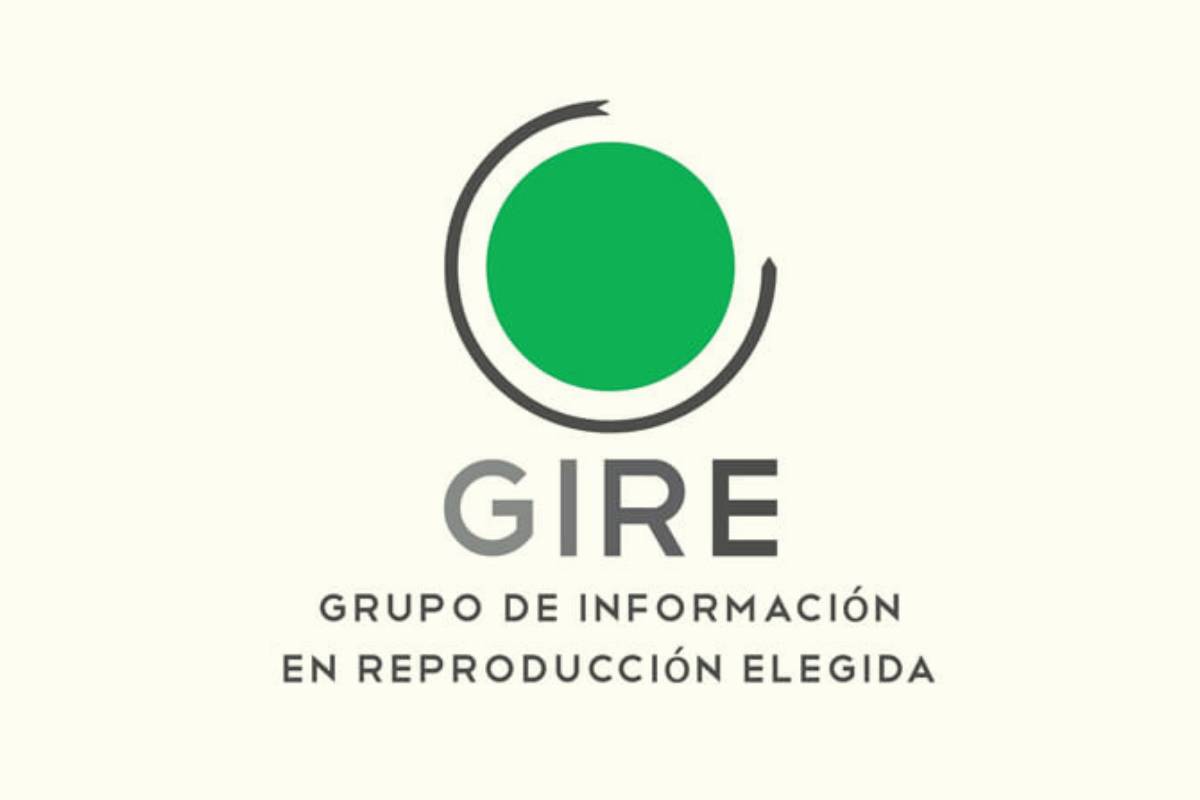
Experiences of obstetric violence are intensified when women are located on multiple axes of vulnerability: being indigenous, educational level, and preexisting health conditions, including disabilities, amplify the forms of violence women experience.
Obstetric violence in Mexico does not have a single face. It is experienced in diverse forms, with different textures and nuances. However, analyzing more than 60 cases compiled by GIRE, from different municipalities and states, and from women from diverse social contexts, reveals a grim truth: obstetric violence in Mexico is not an isolated phenomenon or an occasional mistake. Rather, it is the cumulative result of structural failures, interrelated vulnerabilities, and institutional and individual attitudes that pathologize women’s bodies as the root cause of adverse clinical outcomes, and even death.
Obstetric violence refers to the inappropriate treatment, physical and psychological violence, and violation of women’s reproductive rights during pregnancy, childbirth, and the postpartum period. According to the most recent statistics, more than 30% of women who have had children in Mexico have experienced some form of obstetric violence, a fact that reveals the seriousness of the problem. Despite being recognized, its presence remains systematic and common, especially for women who, in addition to being women, face other forms of vulnerability.
Experiences of obstetric violence intensify when women are located on multiple axes of vulnerability. Across the cases studied, clear patterns related to intersectionality are observed, where being indigenous, educational level, and pre-existing health conditions, including disabilities, amplify the forms of violence women experience.
Indigenous women with basic education face additional barriers to accessing health care. These realities not only determine their access to these services but also profoundly impact their experiences within the health system. Lack of infrastructure, inadequate medical care, and ignorance or disregard for their obstetric history combine with inadequate risk assessment, resulting in sub-standard care and increased vulnerability.
The intersection of Indigenous status and pre-existing conditions results in increased miscommunication and institutional coercion, leading them to submit to abusive practices, such as physical and emotional abuse, denial of care, and inadequate communication about their conditions and medical options.
Women with basic education and pre-existing health conditions or disabilities also face significant inequalities. Lack of infrastructure, physical and emotional abuse, inadequate medical care, and inadequate information transmission perpetuate violence and worsen the quality of care received.
Although Mexico has reduced maternal mortality by more than 46% in the last 12 years, there are still approximately 26 deaths per 100,000 births. However, this figure does not take into account maternal deaths that occur alongside neonatal deaths, suggesting an under-estimation.
The analysis found that 51% of cases resulted in maternal or neonatal mortality, the ultimate expression of obstetric violence. Of these cases, 19% were maternal deaths and 23% were neonatal deaths. These data show that the deaths were, for the most part, preventable, and that failures in care, lack of adequate diagnosis, poor documentation, and deficiencies in the health system infrastructure significantly contributed to these tragic outcomes.
Although we know the obstetric complications and clinical risks that can lead to maternal and neonatal deaths, these experiences are experienced differently, depending on the accumulated vulnerabilities each woman faces.
The violence women face is multifaceted, including physical and emotional abuse, institutional coercion, and communication failures between medical staff and patients. These deaths, most of which are preventable, are a clear manifestation of how the intersectionality of women’s identities — whether Indigenous, with limited education, or preexisting health conditions — deepens inequities within the health system, intensifying violence and risks.
Although there are national regulatory policies on obstetric care, the experiences of women in the Mexican health system not only reveal a different reality, but an alarming one. In many cases, health institutions absolve themselves of responsibility by citing clinical complications or external factors. The stories left out of the medical record — the women’s stories, their testimonies, and their pain — remain silenced, hidden beneath the bureaucracy of a system that doesn’t recognize them.
To ensure effective reproductive justice, it is critical that we recognize the intersectionality of obstetric violence and how various forms of oppression intertwine in women’s experiences. Talking about reproductive justice isn’t just about rights; it’s about lives that matter, about suffering that shouldn’t have happened and must never be repeated.
It is time for our regulatory policies on reproductive health and sexual rights to be grounded in the unique local contexts of each community, placing women and pregnant people at the center of the process through community partnerships and a more inclusive approach that recognizes the diverse realities they face. This entails listening to and understanding women’s experiences, respecting their knowledge, their bodies, and their voices, and acting proactively to overcome the structural barriers that perpetuate obstetric violence. Only then can we build a health system that is truly equitable and responsive to the needs of all women, especially those in the most vulnerable conditions, ensuring that reproductive justice is not a privilege, but a collective reality.
SOURCE: Animal Politico, by Emilia Alton Martelet, GIRE (Grupo de Información en Reproducción Elegida), Mexico. 18 August 2025.



